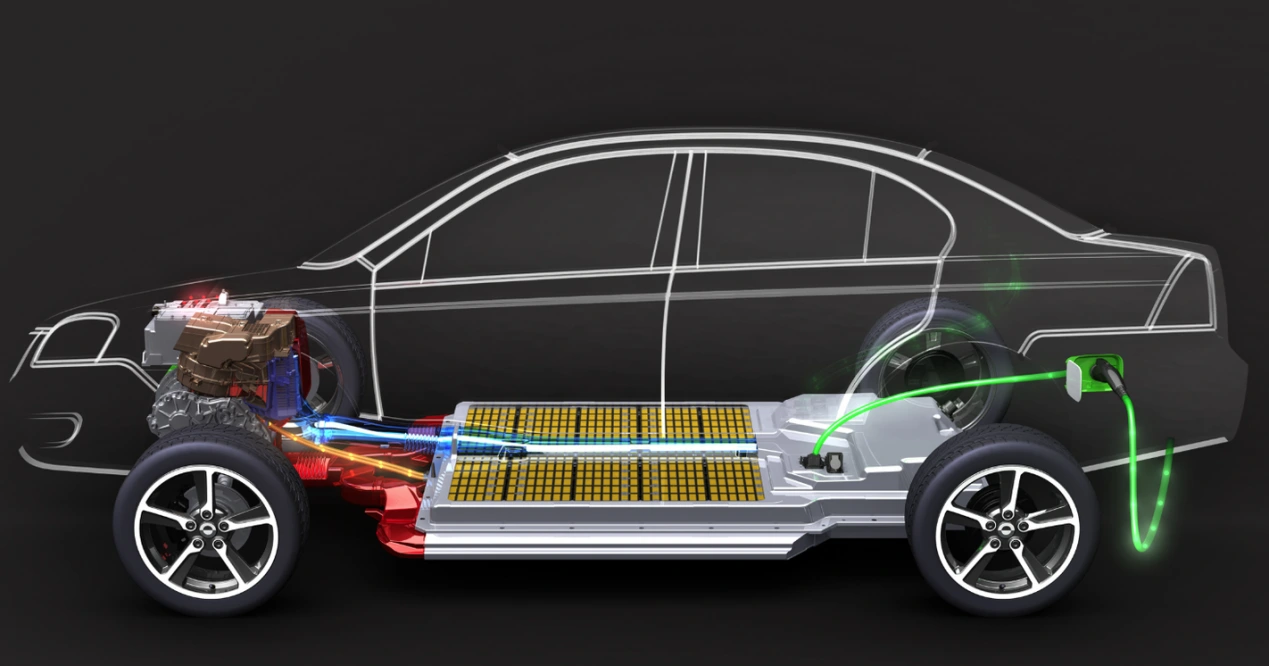When embarking on a construction or renovation project, one of the most significant decisions involves the choice of wall cladding. While it serves both aesthetic and functional purposes, many homeowners and builders are often taken aback by the high costs associated with wall cladding. This article delves into the multifaceted reasons behind the expense of wall cladding, providing a comprehensive understanding that goes beyond surface-level explanations.
- Material Quality and Variety
The first and foremost factor contributing to the cost of wall cladding is the quality and type of materials used. Wall cladding can be made from a variety of materials, including wood, vinyl, metal, stone, and composite materials. Each of these options comes with its own price point, durability, and maintenance requirements.
- Natural Stone and Brick: These materials are often the most expensive due to their extraction, processing, and transportation costs. Natural stone, for instance, requires significant labor to quarry and shape, which adds to its overall price. Additionally, the aesthetic appeal and longevity of stone and brick can justify their higher costs for many homeowners.
- Engineered Materials: Options like fiber cement and composite materials offer a balance between cost and durability. However, the manufacturing processes for these materials can also be costly, especially if they are designed to mimic the appearance of more expensive materials.
- Sustainability Factors: With the growing emphasis on sustainable building practices, eco-friendly materials often come with a premium price tag. While these materials can reduce environmental impact, their sourcing and production can be more expensive than traditional options.
- Installation Complexity
The installation process for wall cladding can significantly influence overall costs. Different materials require varying levels of expertise and labor intensity during installation.
- Labor Costs: Skilled labor is essential for the proper installation of wall cladding. For instance, stone cladding requires masons who are trained in handling heavy materials and ensuring structural integrity. This expertise often comes at a premium, contributing to higher labor costs.
- Preparation and Finishing: The surface preparation before installation can also add to the expense. Walls may need to be reinforced, insulated, or treated for moisture resistance, all of which require additional materials and labor.
- Design Complexity: Custom designs or intricate patterns can further increase installation costs. The more detailed the design, the more time and skill are required, leading to higher labor charges.
- Long-Term Durability and Maintenance
Investing in high-quality wall cladding can lead to significant savings in the long run, as durability and maintenance play crucial roles in the overall cost.
- Longevity: High-quality materials often come with warranties that can last decades. For example, fiber cement siding can last up to 50 years with proper maintenance, while cheaper alternatives may need replacement within a decade.
- Maintenance Requirements: Some materials require more upkeep than others. Wood cladding, while aesthetically pleasing, often needs regular staining or painting to prevent rot and decay. In contrast, materials like vinyl or metal may require less frequent maintenance, making them more cost-effective over time.
- Market Demand and Economic Factors
The cost of wall cladding is also influenced by market dynamics and economic conditions. Fluctuations in material costs, labor availability, and demand can all impact pricing.
- Supply Chain Issues: Global events, such as pandemics or natural disasters, can disrupt supply chains, leading to increased costs for materials. This is particularly evident in the construction industry, where delays can result in higher prices for both materials and labor.
- Regional Variations: The cost of wall cladding can vary significantly based on geographic location. Urban areas with higher living costs may see inflated prices due to increased demand for skilled labor and materials.
Conclusion
Understanding why wall cladding is so expensive requires a nuanced look at various factors, including material quality, installation complexity, long-term durability, and market dynamics. While the initial investment may seem steep, considering the long-term benefits and potential savings can help homeowners and builders make informed decisions. Ultimately, the choice of wall cladding should align with both aesthetic desires and practical needs, ensuring that the investment pays off in the years to come.

More Stories
Key Technical Features and Performance Indicators of a Gypsum Mortar Production Equipment Weighing System
Building Facilities Construction
5 Creative Uses for Single Wire Hooks in Everyday Life